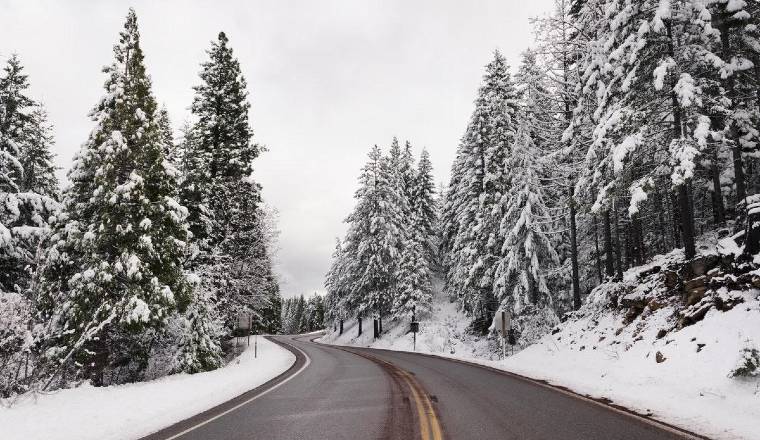Driving in winter weather can not only be tricky, but it can also be downright dangerous. Ice, snow, wind, and other drivers can make being on the road during the winter months a huge risk. This can be especially true for drivers in urban areas of New York or Colorado, where congested roads can cause more issues. Thankfully, proper preparation can help you can avoid many dangerous situations. That’s why drivers should keep these safety tips in mind.
Make Sure Vehicle Emergency Kits Are Fully Stocked
Savvy drivers understand the importance of having a winter emergency kit in their cars at all times. Your winter weather car kit should include roadside essentials such as flares and jumper cables and first aid supplies like bandages and medications. In addition to these emergency essentials, you should also keep bottled water, non-perishable snacks, tire chains or straps, and some warm winter layers, in your emergency car kit. If you know you will be driving around Denver or New York, where heavy snow is common, you may also want to invest in a set of gaiters. Gaiters can help keep your feet, ankles, calves, and lower body protected from elements like snow, ice, and freezing rain. Just be sure to think about durability, waterproofing, and insulation before you decide to purchase your emergency kit gaiters.
Understand How to Safely Use Phones When Driving
Are your car and phone connected? With reliable and fast internet in your vehicle at all times, you will have access to apps and tools that can come in handy during emergencies. When used properly, your phone can be a positive asset to guide your winter road trips and travels. For example, if you find yourself facing a roadside emergency while driving through less familiar areas of New York or Colorado, you can use navigation apps on your smartphone to better pinpoint your location so you can relay this vital information to emergency services. If you know you will be driving in winter weather, you may also want to consider signing up for roadside assistance apps so you won’t be stranded during a roadside winter emergency.
Avoid Other Dangerous Distractions While Driving
Your phone can be a lifesaver when it comes to dealing with roadside emergencies or winter weather, but it can also be a distraction. According to the NHTSA, thousands of people are killed each year in accidents that were caused by distracted driving behaviors, including reading and sending text messages. While you may think that these actions are completely harmless, looking at your phone to read one text message can be equivalent to driving blindfolded for the length of a football field. When you factor in winter weather, being distracted while driving can result in dangerous situations for you, your passengers, and other folks on the road. Your phone isn’t the only culprit when it comes to distracted driving though; you should also avoid other potentially dangerous driving activities like eating, talking to passengers, or adjusting dials.
Know How to React to Common Winter Emergencies
Having your car break down during a winter storm can put you in a dangerous situation, especially if you are not properly prepared with an emergency kit. To stay safe and avoid accidents during the winter, you also need to know how to react to stressful situations that can occur on the road. For instance, if you plan on driving in the snow, you may need to drive at slower speeds in order to keep your car from spinning, skidding or even colliding with other objects on or off the road. Knowing when to brake and when to avoid braking can also keep you safe when the roads are covered with snow. Even with these best practices, skidding and slipping can still happen, so you should also understand how to stay in control of your car.
Winter weather can cause any driver headaches. When that winter weather is paired with congested roads around areas of Denver and New York, however, the potential for problems can increase. So, stay prepared, whether you live in these areas or are just traveling through.
~ By: Janice Miller
Photo Credit: Rawpixel







